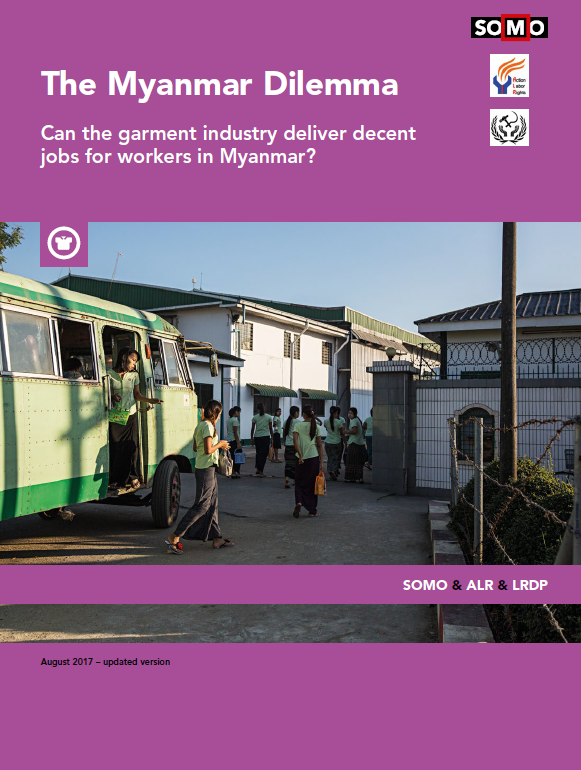Food & Beverage Benchmark Findings Report
PublicationsAccording to the International Labour Organization (ILO), an estimated 21 million people are victims of forced labor around the world. As defined by the ILO, forced labor refers to “situations in which persons are coerced to work through the use o...Read More

